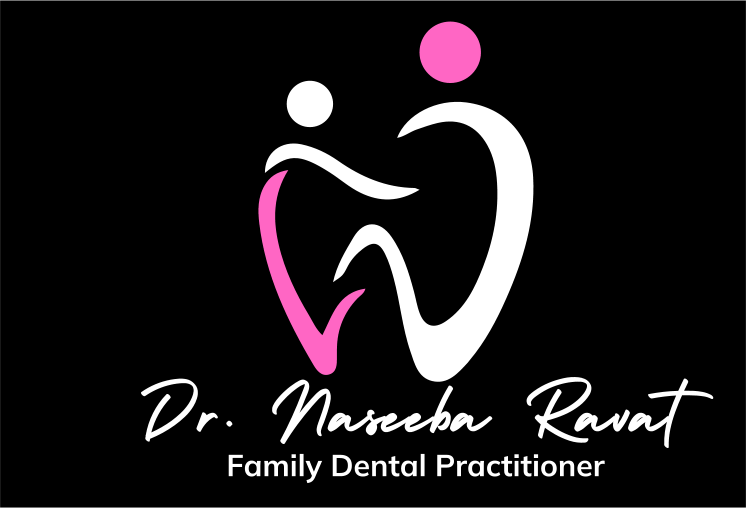Interceptive orthodonticS
Get in touch
Schedule an appointment
Call us
081 022 2968

What is Interceptive Orthodontics?
Interceptive orthodontics refers to the early intervention strategies used to correct or prevent dental and jaw issues in children. Unlike traditional orthodontics, which typically begins when all permanent teeth have erupted, interceptive orthodontics aims to address problems as they arise, allowing for more effective and less invasive treatment options.
Interceptive orthodontics plays a crucial role in maintaining children’s oral health. By addressing dental issues early, we can help ensure that kids develop healthy, beautiful smiles without the need for extensive treatments later on. If you notice any of the symptoms mentioned or have concerns about your child’s dental health, consider scheduling an evaluation with us.
Frequently Asked Questions
What is Interceptive Orthodontics?
Interceptive orthodontics refers to the early intervention strategies used to correct or prevent dental and jaw issues in children. Unlike
traditional orthodontics, which typically begins when all permanent teeth have erupted, interceptive orthodontics aims to address problems as they arise, allowing for more effective and less invasive treatment options.
Why is it Important?
Early intervention can prevent more severe issues from developing.
Here are some key benefits:
- Prevention of Severe Issues: By correcting alignment and spacing issues early,
children may avoid more complex treatments later. - Improved Bite Function: Early intervention can help achieve a proper bite, which is
crucial for efficient chewing and overall oral health. - Enhanced Aesthetic Outcomes: Addressing issues like crowding or protruding teeth
early can lead to better aesthetic results.
When Should You Consider Interceptive Orthodontics?
The American Association of Orthodontists recommends that children have their first orthodontic evaluation by age 7. At this age, enough permanent teeth have come in to identify potential issues, such as:
- Crowded Teeth: When teeth have insufficient space to emerge properly.
- Overbites or Underbites: Misalignments where the upper or lower teeth overlap
excessively. - Crossbites: When teeth in one jaw don’t align with the opposing jaw.
Common Techniques Used
Interceptive orthodontics employs several techniques to correct dental issues early on:
- Space Maintainers: These devices hold space for teeth that may need to come in
later, preventing adjacent teeth from shifting. - Palate Expanders: These are used to widen the upper jaw, creating more space for
teeth and improving alignment. - Partial Braces: In some cases, early braces may be used to begin correcting
alignment issues before all permanent teeth have erupted.
Symptoms to Watch For
Parents should be aware of signs that may indicate the need for interceptive orthodontics, including:
- Difficulty Chewing or Biting: This can signal bite misalignment.
- Thumb Sucking: Prolonged thumb sucking can affect tooth alignment and jaw
development. - Early Loss of Baby Teeth: Losing baby teeth too early can lead to spacing issues and
misalignment. - Mouth breathing : patient suffers with allergies and hayfever and has a blocked nose. This creates a habit of breathing through the mouth, which alters the shape and growth of the palate and jaws.
